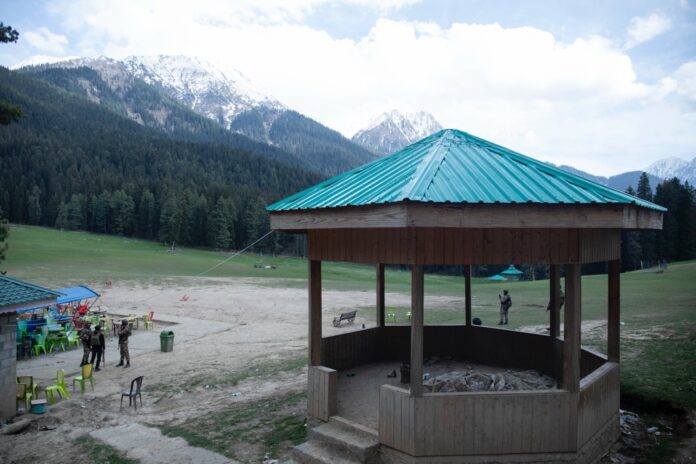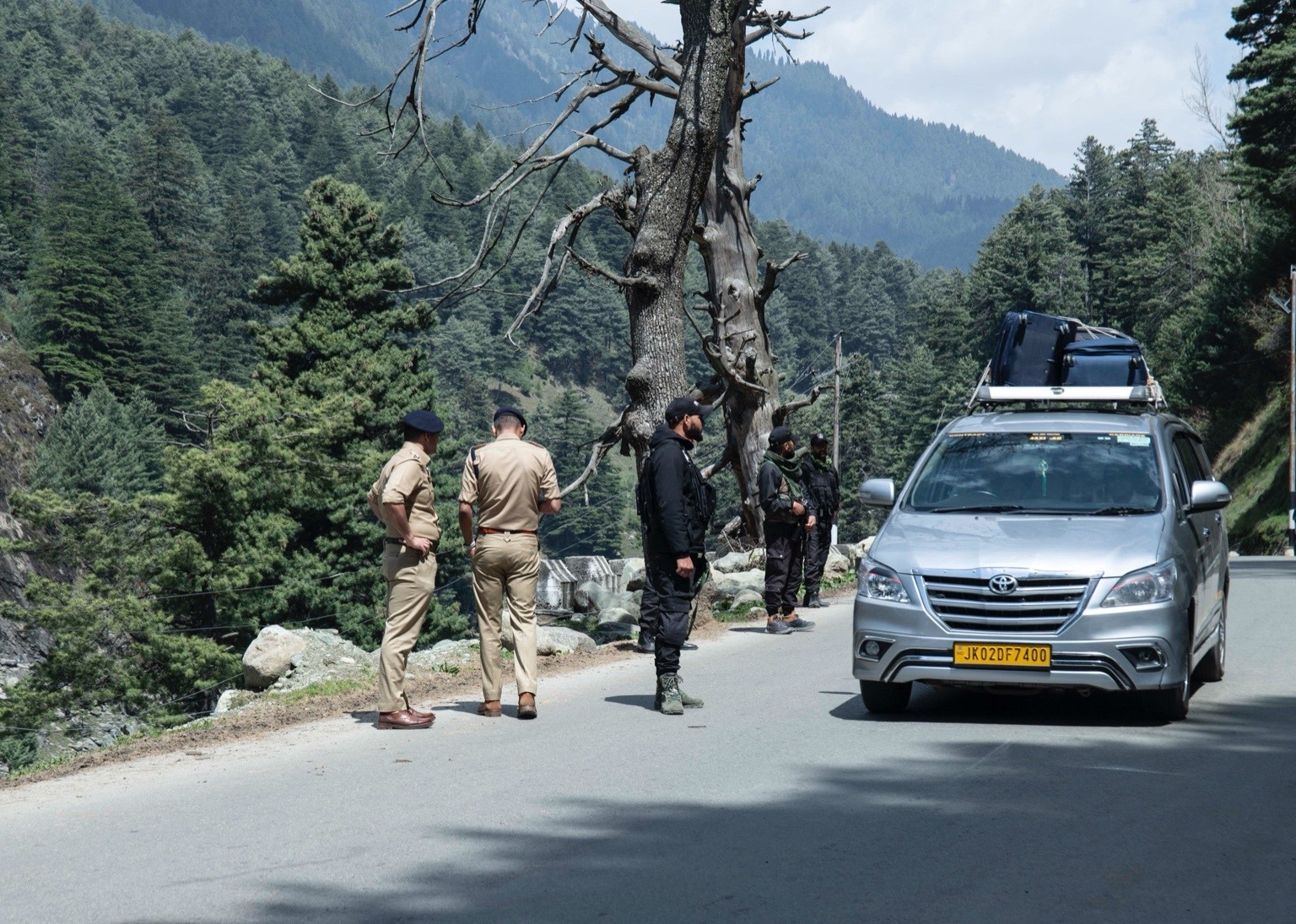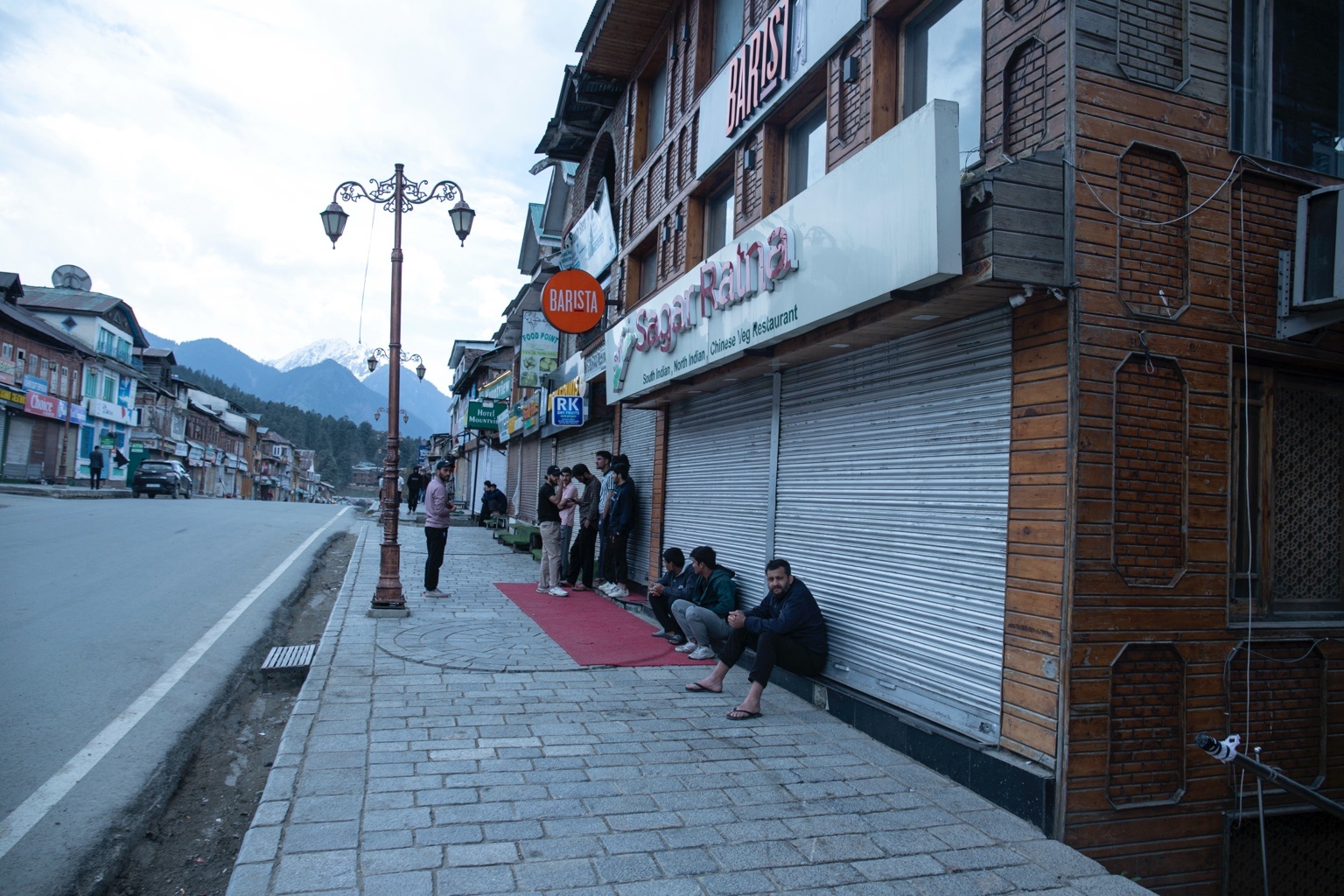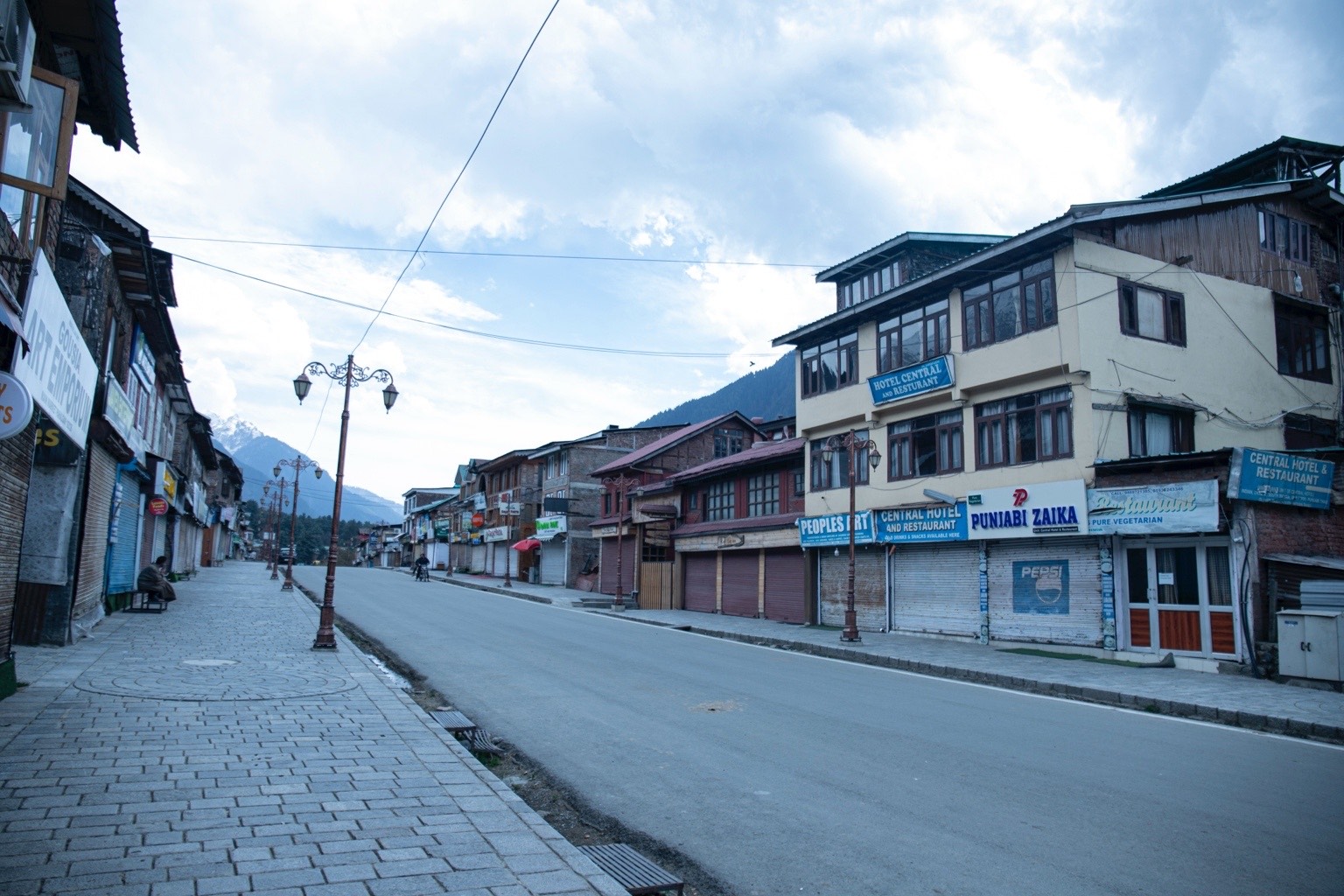
Sadaf Shabir and Fahim Mattoo/TwoCircles.net
Lal Bazar (Srinagar): Grief erupted through the quiet streets of Lal Bazar on April 23 morning. A young man, Mazoor, stood outside his home, crying. Neighbours gathered, unsure of what had happened.
“In the beginning of this year, I bought a fully AC tourist van on EMI (easy monthly instalment). It cost me $60,000, and I am paying $58.57 per month as bank instalment. Now where should I get the money from? I have no savings. My entire life has been shattered in a few minutes. What should I do now? How will I support my family?” he said in a trembling voice.
His words carried the pain of an entire community. Just a day before, 26 people, mostly tourists, were killed in a terror attack Baisaran Valley in Jammu and Kashmir’s Pahalgam. The place is often called “Mini Switzerland”.
It was not just a loss of lives. The tragedy struck the very heart of Kashmir’s booming tourism industry. It crushed the dreams of hundreds of young Kashmiris.
A season of hope, now lost
Tourism had become the backbone of Kashmir’s economy. With few government jobs, even the highly educated had turned to tourism.
Ahsan Ali, a cab driver, was at Doodpathri when he heard the news. “At first, I thought it would not be serious. But when the details started to unfold, I knew it was the end of this year’s tourism season. Shivers went down my spine. I felt numb. I thought we are actually cursed,” he said.
His fears were real. Within 24 hours, over 11,000 tourists left through Srinagar Airport. Nearly 90% of bookings were cancelled.

Picture: Adil Abass
An economic crash
Tariq Ahmad Patlu owns houseboats on Dal Lake. He had bookings until this year’s winters.
“I had houseboats booked until the end of the 2025 winter season. But now people are cancelling their bookings. National media is portraying Kashmir as a very dangerous place, and people are afraid of their lives. We all know that coming for a vacation and getting killed is horrific. We condemn all kinds of violence. These attackers are not Kashmiris, they have ruined our paradise. I have tourists staying with me now, but they want to leave as soon as possible. It is very difficult to make them feel safe anymore,” he narrated the ordeal.
For many, this was their first business venture.
Sadiya Shabir and Uzma Shafi had launched a tourism start-up in March.
“We started guiding tourists from all over India this March. One group reached out through our social media handle; they wanted to explore downtown Srinagar and interact with artisans firsthand. We hosted three groups till April 22 and had another group scheduled for April 24. But then this tragedy happened,” Sadiya said.
Depression and anxiety are taking over them again, said Uzma. “We had just started earning a livelihood. We were so happy. And in a moment, it all became a mess. Everything stopped. Again, Kashmiris are the ones who will suffer the most,” she said.

More closures, more fear
Unemployment in Jammu and Kashmir stood at 6.1% in 2023–24. It was slightly better than the national average, but still among the highest in India.
After the attack, the Central government closed 48 out of 87 tourist spots. The move is said to be temporary, but no reopening date has been specified.
As if that was not enough, cross-border tension returned.
“During the night of April 28 and 29, the Pakistan Army resorted to unprovoked small arms firing across the Line of Control in areas opposite Kupwara and Baramulla districts, as well as the Akhnoor sector. The Indian Army responded in a measured and effective manner to the provocation,” the Army said in a statement.
This was the sixth straight day of ceasefire violation. The fear in the Valley only deepened.
Art, silenced
Mohammad Haneef is the last turquoise artisan in Kashmir. He had just revived his family craft.
“A few years ago, I reopened my workplace and restarted handmade turquoise jewellery with the help of social media. Tourists used to come in groups with their guides and buy from me. Now I do not think anyone will come again. Even if everything gets better, the sense of fear will keep them away. My workshop is deep inside the old city, they will not feel safe here. This might be the end of my art,” he described the sorrow.
A region in mourning
The Kashmir Valley, in a rare moment of unity, observed a complete shut down in protest and condemnation of the ghastly incident. The act of defiance was peaceful but powerful.
Local Kashmiris offered food, accommodation and transport to tourists stranded by the attack. It was their way of saying — this was not in their name.

Holding on to hope
Still, there are those who refuse to give up.
“Kashmir has faced much worse than this. Yes, tourists have been attacked for the first time in our history, and we do not have words to condemn this. But we still have hope. Those who have visited Kashmir know who we are. We treat them like family,” said Bilal Ahmad, a shikara rower on Dal Lake.
He urged people to not stop visiting the earth’s paradise. “I want to tell them that we are humans too. Don’t abandon us. We are waiting for you to return,” he appealed.
A fragile tomorrow
Before the attack, Kashmir had seen a record tourism boom. In 2024 alone, 23.6 million tourists came to the Valley. Among them were 65,000 international travellers.
Now, all of that feels lost.
With 90% of bookings gone, the tourism industry stands broken. Mental health concerns are rising.
From cab drivers to artisans, from hotel owners to guides — everyone is reeling.
Their economy is in limbo. Their dreams, uncertain.

